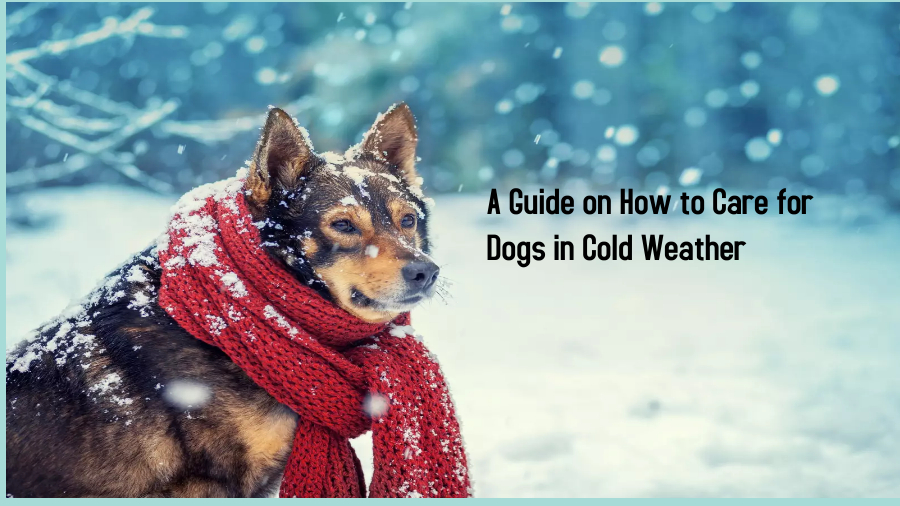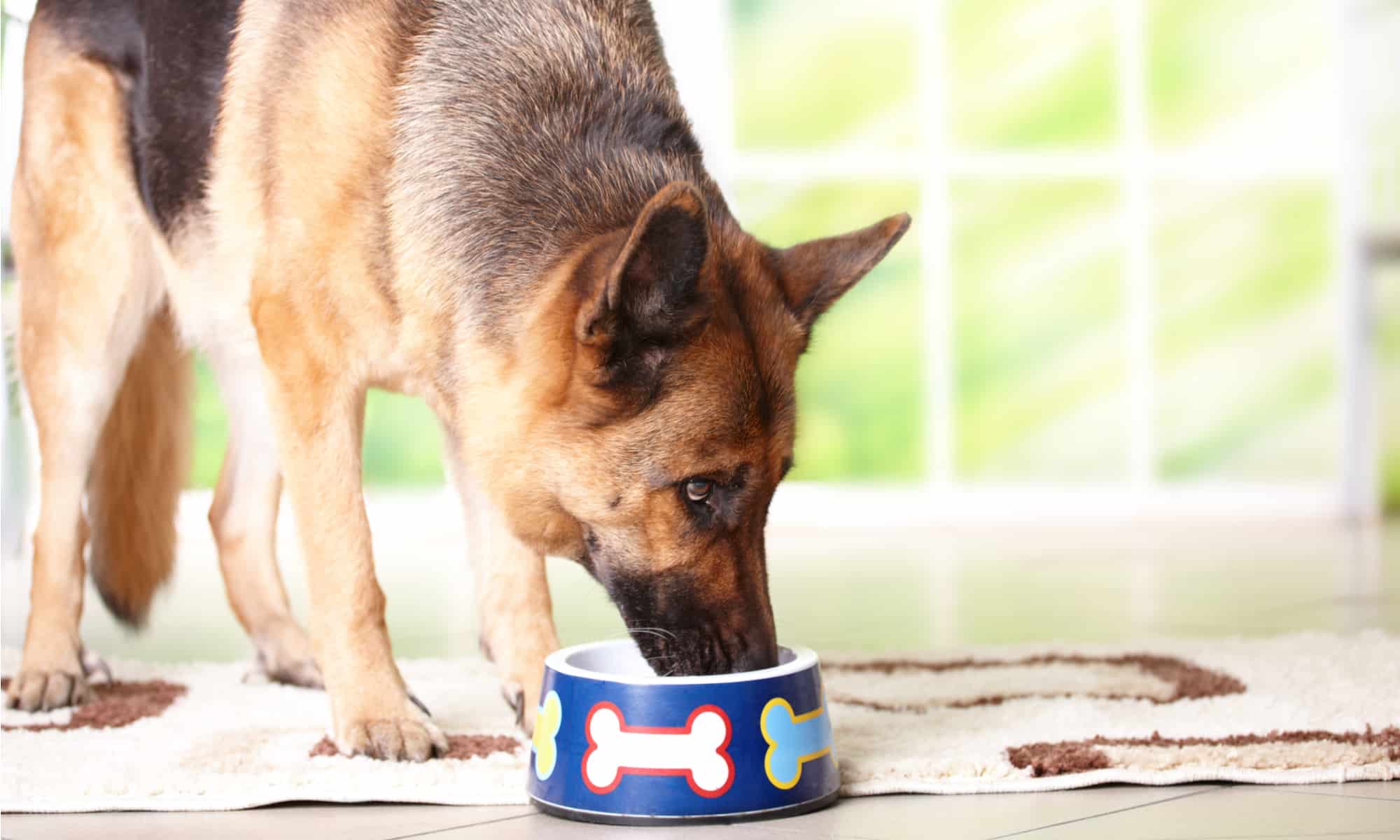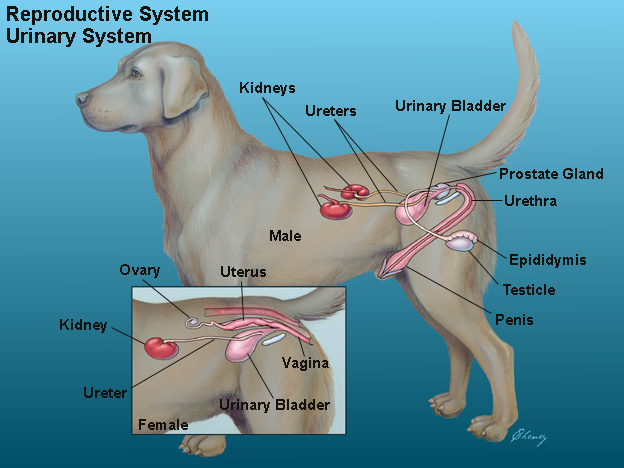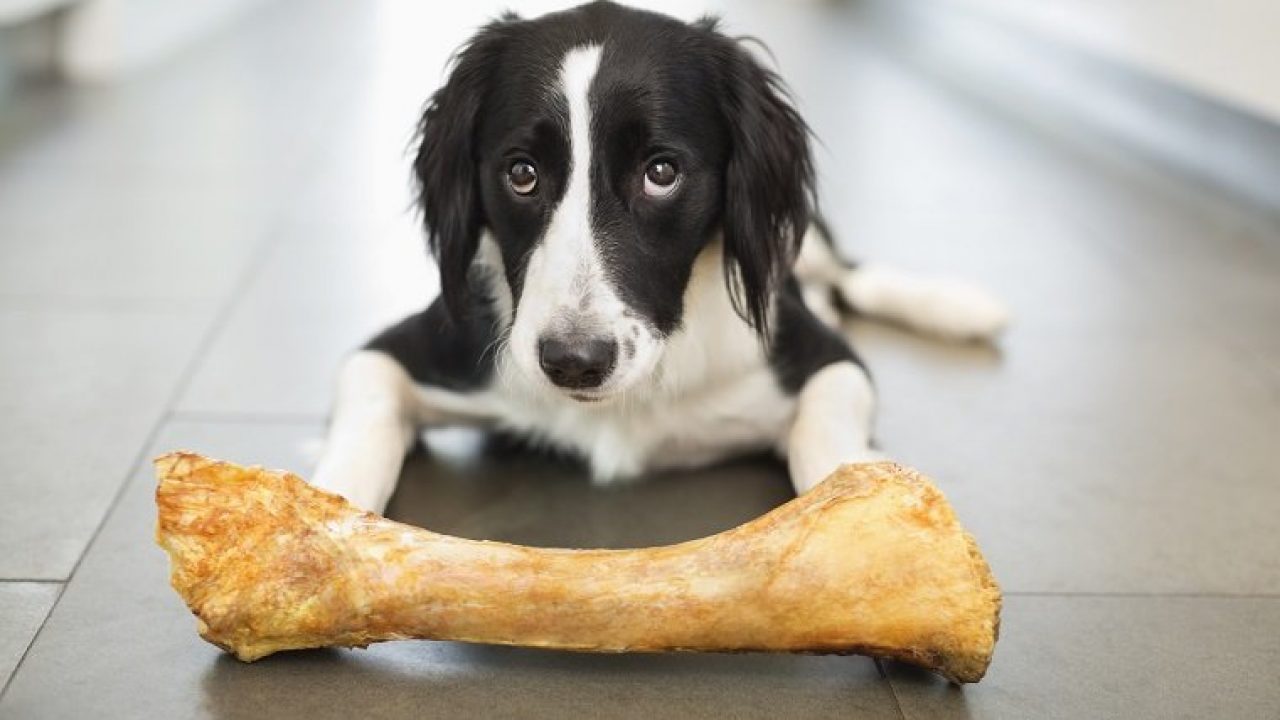How to Treat Bug Bites on Dogs
How to Treat Bug Bites on Dogs our number-one goal is keeping our furry friends safe and healthy at all times. However, outdoor adventures and backyard playtimes can sometimes result in unexpected bug bites which, while typically harmless, may still cause discomfort or allergic reactions in some dogs. In this blog post we will explain how to identify, treat and prevent bug bites on dogs.
Identification of Bug Bites
The first step in treating bug bites on your dog is identification. Look out for red, swollen areas on their skin accompanied by excessive scratching or biting activity from your pup, especially around their face, paws or belly area – any sign could mean they have been attacked by bugs!
Flea Bites
Flea bites on your dog may look like tiny red dots dotted throughout his lower back, stomach or tail area. Additionally, you may detect “flea dirt”, small black specks that become red when wetted by wee.
Tick Bites
Ticks attach themselves to dogs’ skin and feed off of their blood. A tick bite is easy to spot by finding its attached tick, often swollen from feeding.
Mosquito Bites
Mosquito bites may not always be obvious on dogs, but you might notice yours scratching more frequently than usual. Heartworm-transmissible mosquito bites should be addressed immediately for their own wellbeing and for the wellbeing of all involved.
Bee and Wasp Stings
Bee and wasp stings can cause excruciating pain for your dog, often leaving them limping or pawing at their face in pain. You might notice red-tinged marks around their body; in case of bee stings, their stinger might remain behind as a visible reminder. Insect Bites
If your dog has been affected by an insect bite, it is crucial that they remain calm. Bug bites may cause discomfort or stress and anxiety in dogs.
Removing Ticks Never pull out ticks using your fingers. Instead, use tweezers to grasp them as close to the skin as possible before pulling upward with steady and even pressure until removing. After taking care to clean out any possible bite areas with rubbing alcohol.
Dealing With Fleas If your dog has fleas, both it and your home must be treated. Consult with your vet regarding the most effective flea treatment for him/her; and clean thoroughly to remove any remaining fleas from your environment.
How to Treat Bug Bites on Dogs
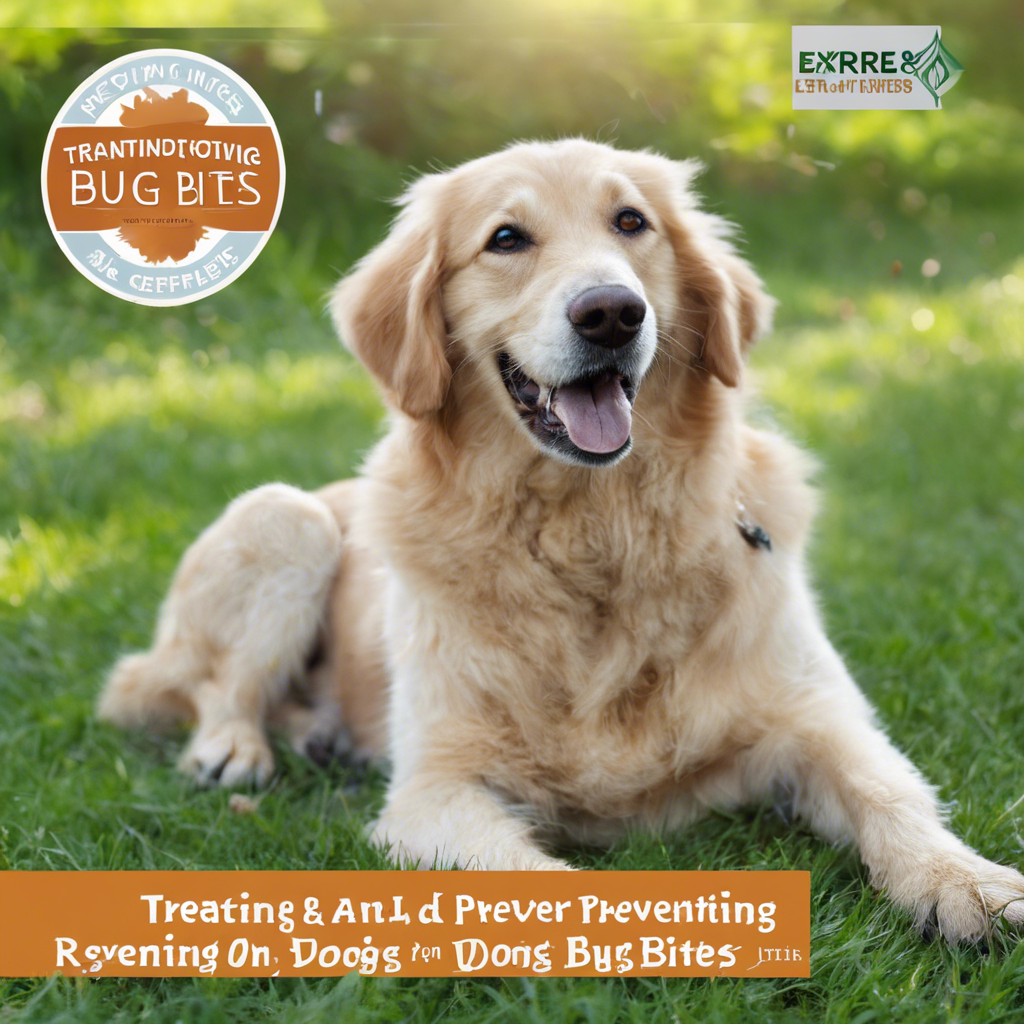
A cold compress may provide relief for most bug bites and stings. Over-the-counter creams or sprays may also provide itching relief, although always consult your veterinarian first before using any product.
How to Treat Bug Bites on Dogs of allergic reactions or multiple stings, take immediate steps. Signs include difficulty breathing, excessive drooling, vomiting and diarrhea – symptoms indicative of an allergic response that requires medical intervention are outlined here.
Preventing Bug Bites
To prevent bug bites on your dog, use a suitable parasite prevention product. Regular grooming sessions will allow you to detect early signs of any bug bites. Also try not walking them during peak bug times such as dusk and dawn as these environments tend to attract bugs more readily than others.
Understanding and Addressing Common Insect Bite Reactions in Dogs
Bug bites can be just as distressful for our canine companions as they are for us humans. Different dogs may react differently when exposed to insect bites; understanding these responses and devising appropriate treatment plans are vitally important for successful care. In this article, we investigate common insect bite reactions among dogs as well as strategies for effective care.
- Identification of Insect Bite Reactions in Dogs
Local Swelling and Redness: Dogs often exhibit localized swelling and redness near insect bite sites, often accompanied by itching.
Hives or Rash: Dogs that suffer from an allergic reaction to insect bites may develop raised bumps on their skin that are both uncomfortable and itchy, creating discomfort for themselves as well as others.
Pain and Discomfort: Certain bites can cause significant pain, elicited through behaviors like whimpering, licking or biting at the affected area.
Allergies: In cases of serious allergic reactions such as difficulty breathing, facial swelling, vomiting and collapse, prompt veterinary How to Treat Bug Bites on Dogs sought immediately.
Treatment Options for Common Insect Bite Reactions (PIBRs)
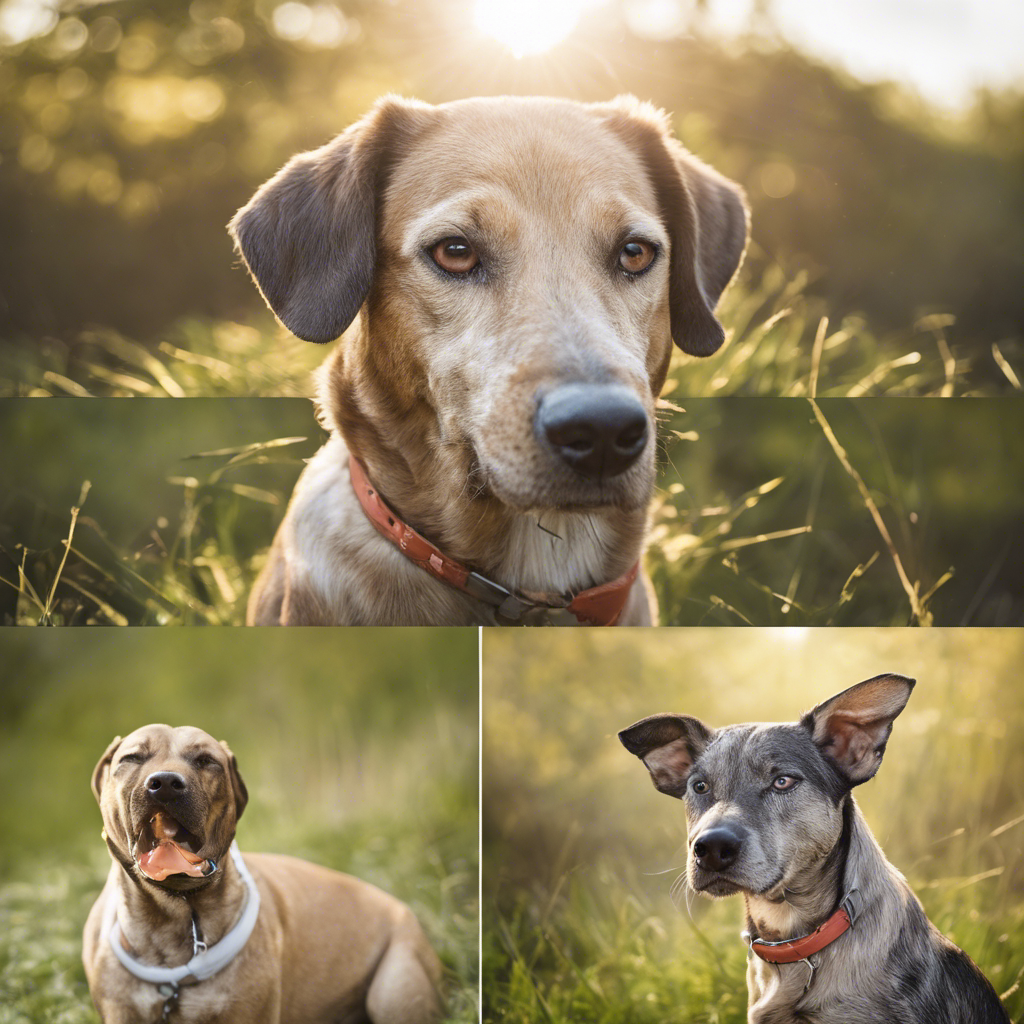
Clear the Area In order to reduce infection risks, thoroughly wash the affected area using a mild, pet-safe cleanser to effectively cleanse.
2. Apply a Cold Compress: Reduce swelling and itching by applying a cold compress, such as using a cloth soaked with cold water or an ice pack wrapped around a cloth compress.
3. *Topical Solutions:* For effective anti-itch solutions, search for anti-itch creams containing soothing ingredients like aloe vera, hydrocortisone or witch hazel – consult with your veterinarian to identify suitable options.
4. Oral Medications: For severe allergic reactions and persistent discomfort, veterinarians may recommend oral antihistamines and corticosteroids.
- Preventing Insect Bites in Dogs
1. Flea and Tick Prevention: Take steps to safeguard against fleas, ticks, or other insects with regular inspection of their fur by the How to Treat Bug Bites on Dogs vet-recommended preventives as well as regularly checking it for signs of infestation by inspecting its fur.
2. Avoid High-Insect Areas: Be wary when entering areas known for high insect activity, such as tall grass, wooded areas and stagnant water bodies. This includes places like tall grass, woods or stagnant water bodies where insects might congregate and create nests of their own.
3. Pet-Safe Insect Repellents: When traveling into areas known to attract insects, consult your vet about pet-specific repellents to use instead of human ones – human repellents could prove unsafe in case your dog encounters mosquitoes!
Understanding and promptly treating insect bite reactions in dogs is critical to their wellbeing.How to Treat Bug Bites on Dogs By recognizing symptoms early, quickly cleaning, using cold compresses to cool down any irritation, applying topical How to Treat Bug Bites on Dogs and consulting a vet when necessary, proactive care can be provided during outdoor excursions.
FAQ: How to Treat Bug Bites on Dogs
Here are some frequently asked questions about treating bug bites on dogs:
| Question | Answer |
| Q: What are the common signs of bug bites on dogs? | A: Common signs include redness, swelling, itching, and discomfort in the affected area. Dogs may scratch, lick, or chew at the bug bite site. |
| Q: How do I identify the type of bug that bit my dog? | A: Identifying the specific bug can be challenging, but common culprits include fleas, ticks, mosquitoes, and spiders. Look for additional signs, such as finding the bug itself or visible bite marks. |
| Q: Can I use human bug bite creams on my dog? | A: It is best to use pet-specific anti-itch creams or ointments. Human products may contain ingredients that are toxic to dogs.How to Treat Bug Bites on Dogs |
| Q: How long does it take for bug bites on dogs to heal? | A: The healing time varies depending on the severity of the bite. Minor bug bites can heal within a few days, while more severe bites may take up to a couple of weeks. |
| Q: Can bug bites on dogs cause infections? | A: Yes, bug bites can lead to secondary infections if the area is excessively scratched or if the dog has an allergic reaction. Keep an eye on the bite site for signs of infection, such as redness, swelling, or discharge. |
| Q: When should I consult a veterinarian? | A: If the bug bite worsens, your dog shows signs of pain or discomfort, or if you suspect an infection, it’s best to consult your veterinarian for proper diagnosis and treatment. |
Conclusion
How to Treat Bug Bites on Dogs are unfortunately all too common, but learning how to recognize, treat and prevent them can ensure your furry companion remains healthy and happy. For your own safety as well as theirs, always consult a vet when in doubt about a bug bite or your pup is experiencing signs of an allergic reaction – safe dogs make happy pups!




